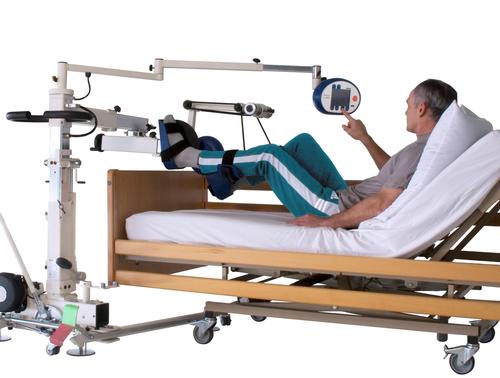01 Aug 2014
Innovative intensive care exercise scheme signals hope for sick patients
BY Jak Phillips

Physical activity is helping seriously ill and injured patients at Southampton’s university hospitals spend less time in intensive care – thanks to an innovative bedside bicycle.
All patients in the general intensive care unit at Southampton General Hospital are screened on admission and, if suitable, are placed on an early exercise programme once their conditions have stabilised.
The considerable effect of exercise in battling ill health – particularly among the elderly – is becoming more and more established, with a recent study suggesting that high intensity workouts could have the potential to transform pensioners’ health prospects, saving the NHS billions of pounds in the process.
The Southampton project – which was a UK-first when it launched three years ago – is led by a team of physiotherapists who mobilise patients and help them use the hi-tech system, known as a cycle ergometer, despite often being on complex organ support at the same time.
In its first year, the team treated 97 patients and saw the average length of stay in intensive care shorten by two days. In addition, feedback from patients revealed improved confidence levels among all and a desire to continue the programme after discharge.
The project has led to a yearly cost saving of up to £230,000 a year and has seen the team shortlisted for an award for value and improvement in clinical support services.
“We know from a multitude of studies that prolonged admission to intensive care units following critical illness is associated with significant long-term implications that can severely reduce quality of life,” said Dr Dominic Richardson, a consultant in critical care at Southampton General.
“What we have seen with this innovative, physiotherapy-led service is not just less time spent in intensive care, but a real transformation in patients’ physical and psychological health following critical illness – and the effect of that cannot be underestimated.
Close Window